Preface
Contents
Introduction
Who Should Read This Book?
The Structure of the Book
The Most Important Security Principles
Chapter
1 Installation
1.1 The Right Operating System
1.2 The Right Python Version
1.3 Development Environment
1.4 Python Modules
Chapter
2 Network 4 Newbies
2.1 Components
2.2 Topologies
2.3 ISO/OSI Layer Model
2.4 Ethernet
2.5 VLAN
2.6 ARP
2.7 IP
2.8 ICMP
2.9 TCP
2.10 UDP
2.11 An Example Network
2.12 Architecture
2.13 Gateway
2.14 Router
2.15 Bridge
2.16 Proxies
2.17 Virtual Private Networks
2.18 Firewalls
2.19 Man-in-the-Middle-Attacks
Chapter
3 Python Basics
3.1 Every Start Is Simple
3.2 The Python Philosophy
3.3 Data Types
3.4 Data Structures
3.5 Functions
3.6 Control Structures
3.7 Modules
3.8 Exceptions
3.9 Regular Expressions
3.10 Sockets
Chapter
4 Layer 2 Attacks
4.1 Required Modules
4.2 ARP-Cache-Poisoning
4.3 ARP-Watcher
4.4 MAC-Flooder
4.5 VLAN Hopping
4.6 Let's Play Switch
4.7 ARP Spoofing Over VLAN Hopping
4.8 DTP Abusing
4.9 Tools
4.9.1 NetCommander
4.9.2 Hacker's Hideaway ARP Attack Tool
4.9.3 Loki
Chapter
5 TCP/IP Tricks
5.1 Required Modules
5.2 A Simple Sniffer
5.3 Reading and Writing PCAP Dump Files
5.4 Password Sniffer
5.5 Sniffer Detection
5.6 IP-Spoofing
5.7 SYN-Flooder
5.8 Port-Scanning
5.9 Port-Scan Detection
5.10 ICMP-Redirection
5.11 RST Daemon
5.12 Automatic Hijack Daemon
5.13 Tools
5.13.1 Scapy
Chapter
6 WHOIS DNS?
6.1 Protocol Overview
6.2 Required Modules
6.3 Questions About Questions
6.4 WHOIS
6.5 DNS Dictionary Mapper
6.6 Reverse DNS Scanner
6.7 DNS-Spoofing
6.8 Tools
6.8.1 Chaosmap
Chapter
7 HTTP Hacks
7.1 Protocol Overview
7.2 Web Services
7.3 Required Modules
7.4 HTTP Header Dumper
7.5 Referer Spoofing
7.6 The Manipulation of Cookies
7.7 HTTP-Auth Sniffing
7.8 Webserver Scanning
7.9 SQL Injection
7.10 Command Injection
7.11 Cross-Site-Scripting
7.12 SSL Sniffing
7.13 Proxy Scanner
7.14 Proxy Port Scanner
7.15 Tools
7.15.1 SSL Strip
7.15.2 Cookie Monster
7.15.3 Sqlmap
7.15.4 W3AF
Chapter
8 Wifi Fun
8.1 Protocol Overview
8.2 Required Modules
8.3 Wifi Scanner
8.4 Wifi Sniffer
8.5 Probe-Request Sniffer
8.6 Hidden SSID
8.7 MAC-Address-Filter
8.8 WEP
8.9 WPA
8.10 WPA2
8.11 Wifi-Packet-Injection
8.12 Playing Wifi Client
8.13 Deauth
8.14 Wifi Man-in-the-Middle
8.15 Wireless Intrusion Detection
8.16 Tools
8.16.1 WiFuzz
8.16.2 Pyrit
8.16.3 AirXploit
Chapter
9 Feeling Bluetooth on the Tooth
9.1 Protocol Overview
9.2 Required Modules
9.3 Bluetooth-Scanner
9.4 SDP-Browser
9.5 RFCOMM-Channel-Scanner
9.6 OBEX
9.7 Blue Snarf Exploit
9.8 Blue Bug Exploit
9.9 Bluetooth-Spoofing
9.10 Sniffing
9.11 Tools
9.11.1 BlueMaho
Chapter
10 Bargain Box Kung Fu
10.1 Required Modules
10.2 Spoofing E-mail Sender
10.3 DHCP Hijack
10.4 IP Brute Forcer
10.5 Google-Hacks-Scanner
10.6 SMB-Share-Scanner
10.7 Login Watcher
Appendix
A Scapy Reference
A.1 Protocols
A.2 Functions
Appendix
B Secondary Links
Index
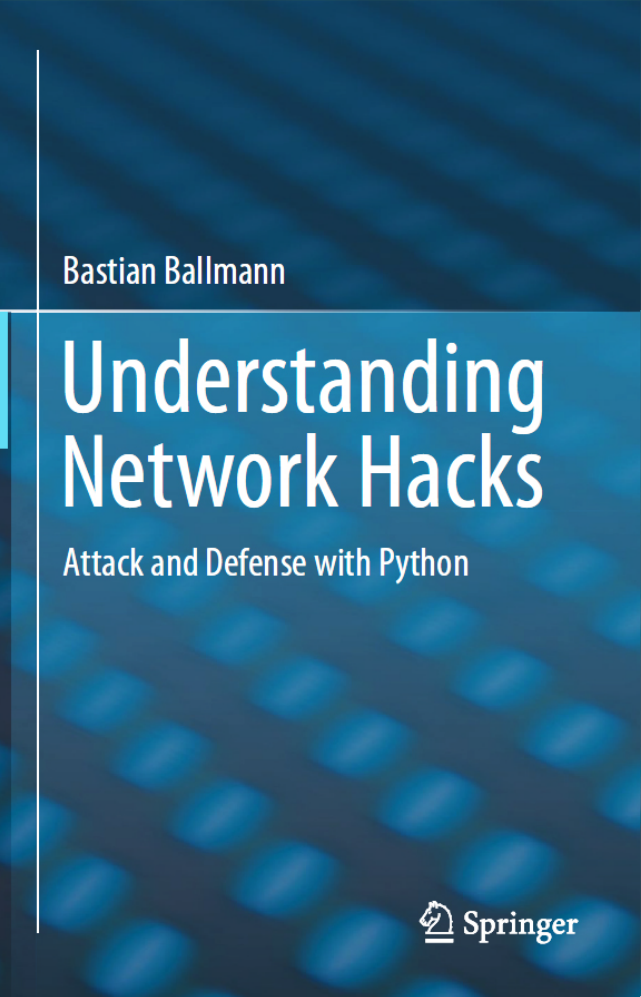
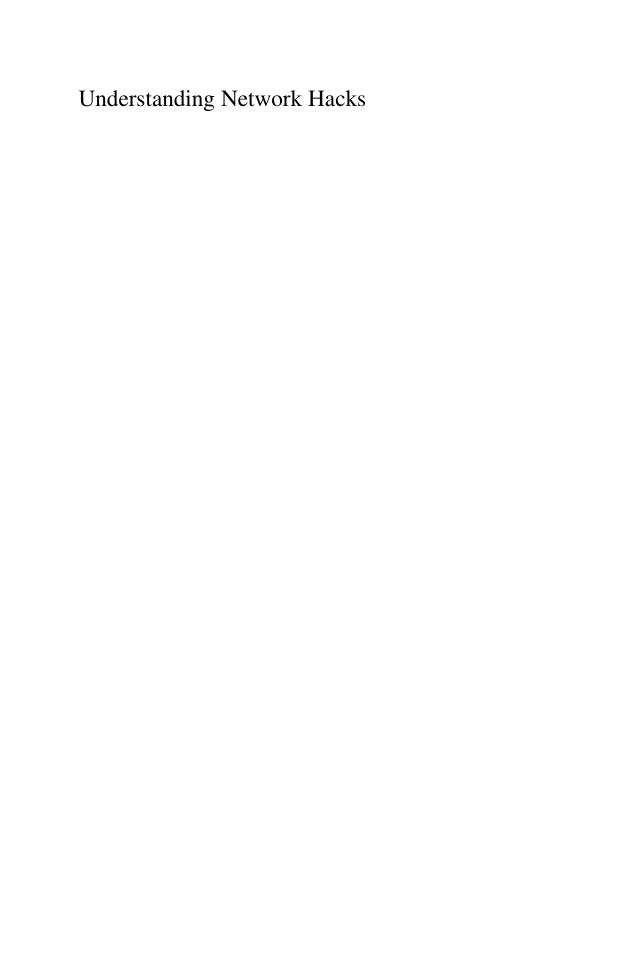

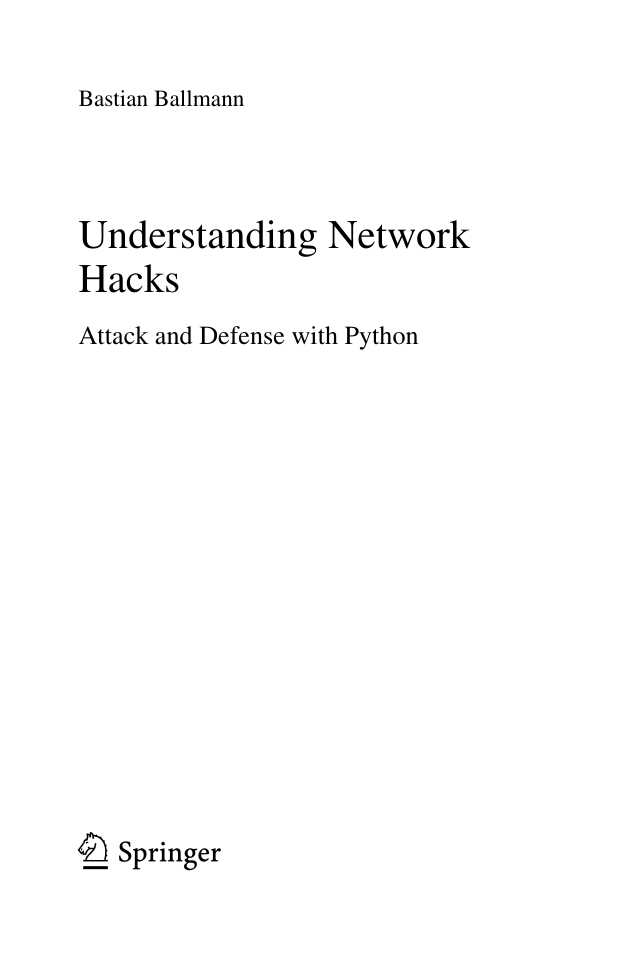
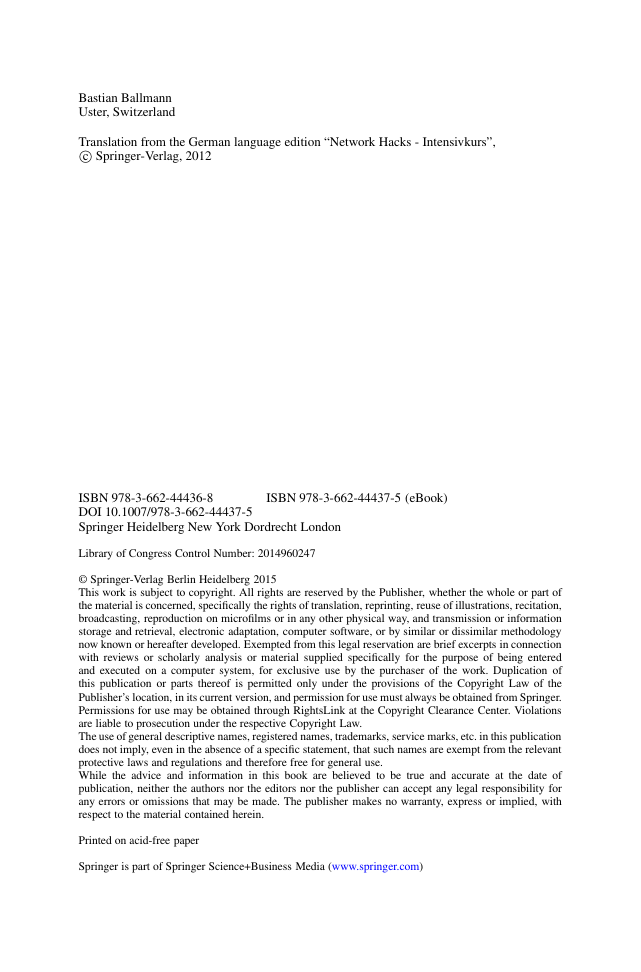


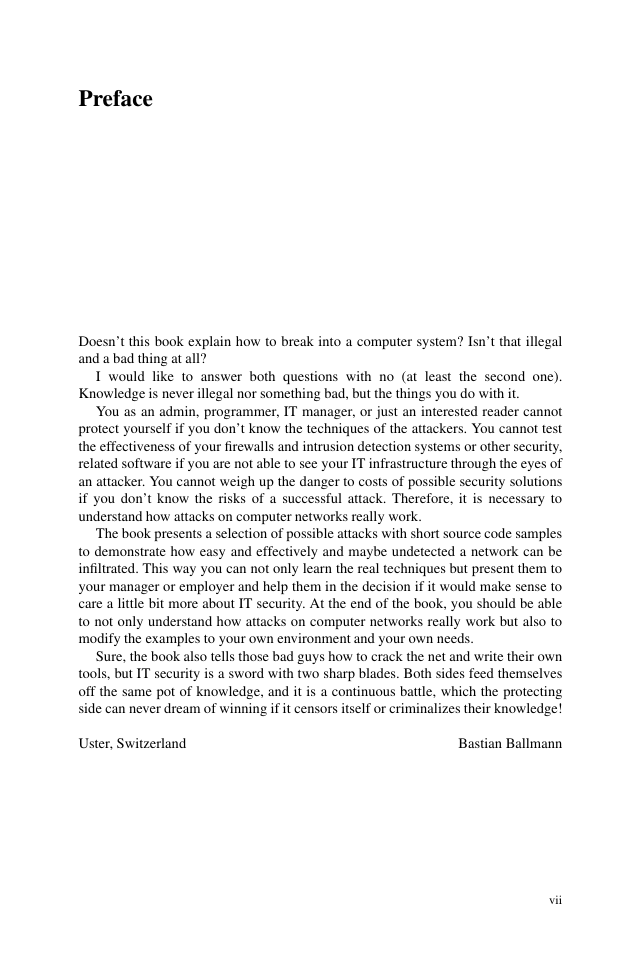








 2023年江西萍乡中考道德与法治真题及答案.doc
2023年江西萍乡中考道德与法治真题及答案.doc 2012年重庆南川中考生物真题及答案.doc
2012年重庆南川中考生物真题及答案.doc 2013年江西师范大学地理学综合及文艺理论基础考研真题.doc
2013年江西师范大学地理学综合及文艺理论基础考研真题.doc 2020年四川甘孜小升初语文真题及答案I卷.doc
2020年四川甘孜小升初语文真题及答案I卷.doc 2020年注册岩土工程师专业基础考试真题及答案.doc
2020年注册岩土工程师专业基础考试真题及答案.doc 2023-2024学年福建省厦门市九年级上学期数学月考试题及答案.doc
2023-2024学年福建省厦门市九年级上学期数学月考试题及答案.doc 2021-2022学年辽宁省沈阳市大东区九年级上学期语文期末试题及答案.doc
2021-2022学年辽宁省沈阳市大东区九年级上学期语文期末试题及答案.doc 2022-2023学年北京东城区初三第一学期物理期末试卷及答案.doc
2022-2023学年北京东城区初三第一学期物理期末试卷及答案.doc 2018上半年江西教师资格初中地理学科知识与教学能力真题及答案.doc
2018上半年江西教师资格初中地理学科知识与教学能力真题及答案.doc 2012年河北国家公务员申论考试真题及答案-省级.doc
2012年河北国家公务员申论考试真题及答案-省级.doc 2020-2021学年江苏省扬州市江都区邵樊片九年级上学期数学第一次质量检测试题及答案.doc
2020-2021学年江苏省扬州市江都区邵樊片九年级上学期数学第一次质量检测试题及答案.doc 2022下半年黑龙江教师资格证中学综合素质真题及答案.doc
2022下半年黑龙江教师资格证中学综合素质真题及答案.doc